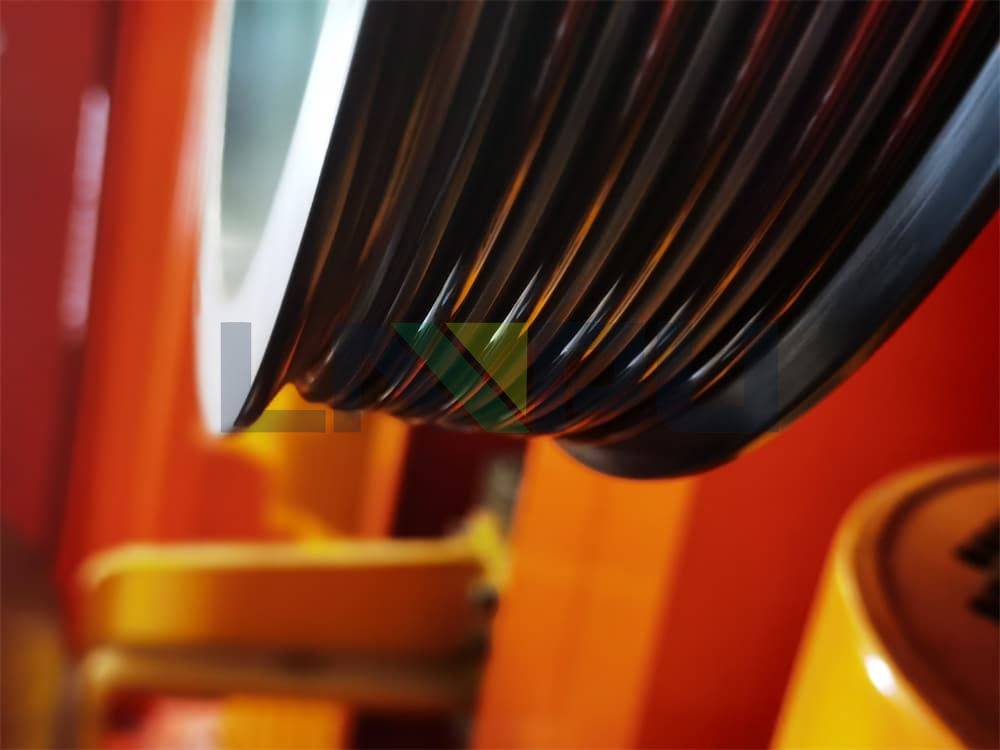Performance and Attention of Enameled Wire
Pin hole and crazing
In rare cases pin holes develop at wire enamaltion as film thickness decreases. At PVF contact with water and/or solvent can increase number of such pin hole probability as microscopic can result under echanical stress by bending and/or stretching.
This phenomenon is termed crazing. Heat application (curing) pror to water or solvent contact will erase these pin holes. Table 2 shows wet (water) and solvent (dispersing agent) crazing. Therefore we advise heat treatminet after winding to prevent any form of crazing.
Flexibility
Flexibility is usually evalautet by winding test applied to round wire with diameter no less than 0.37 mm.
Elongation
Coating properties are evaluated by stretch tests. These test results show same trends as stretch tests for the wire. In case of stretch test for wire, a max. diameter of 0.35 mm for either round or rectangular wire should be used.
Breakdown voltage
One of the advantages of enamelled wire is its high dielectric strength depending on film thickness.
Although absolute values vary depending on the measurement method, all types of wire have similar dielectric strength values in a normal state.
Abrasion
An abrasion test judges the mechanical strength of the coating. A uni-directional abrasion test and a reciprocating abrasion test are generally conducted.

In both tests, AIW shows the best results, followed by PVF. On the other hand, IMW has low abrasion resistance; special care must be taken during the winding process. In recent years, it has become necessary to improve the workability of winding wires. Self-lubricating enamelled wire, of which the upper layer is baking-finished with a thin layer of lubricant with a superior lubricity, is excellent in abrasion resistance. Thus, the coating is difficult to be scratched from damage during the winding process.
Resistance to solvents, chemicals, and oil IMW and AIW show best solvent rersistance with alcohol containing solvents as most aggressive.
